Major operator consolidation is a long time coming
Original Publication Date: 2022-09-12 13:12
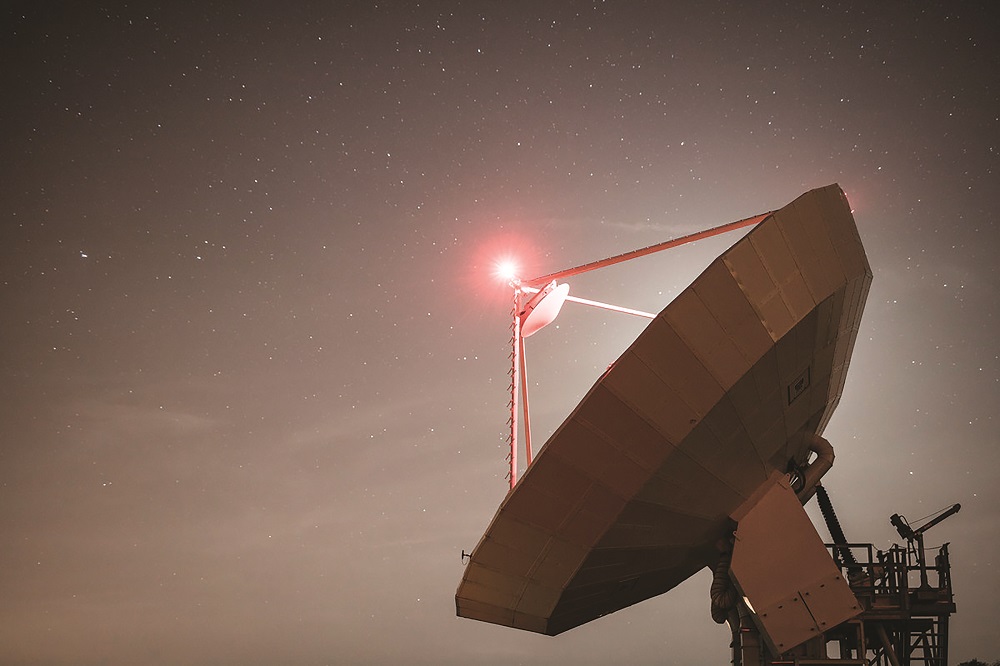
Satellite operator consolidation has been a perennial topic at industry conferences. The rise of Starlink, OneWeb, and other NGSO broadband constellations has come amid a broader shift away from video broadcast revenues. Data is now widely seen as the growth engine for satellite operators.
Interview with Luigi Pasquali, CEO of Telespazio
Original Publication Date: 2022-09-12 00:04
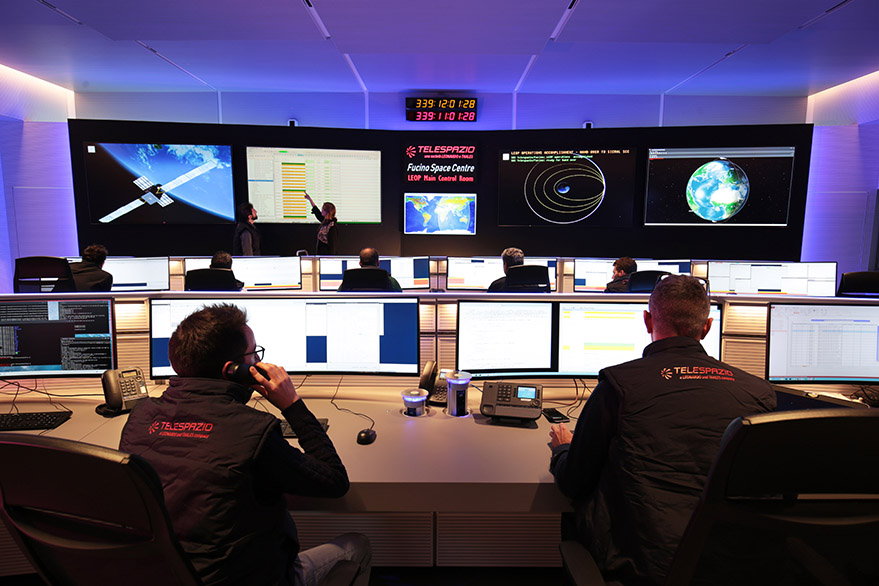
Telespazio and Inmarsat signed a new deal involving the Moon in July. The agreement details the services that the companies intend to offer together. Telespazio is already working to contribute to the creation of a new European constellation for secure communications. It is also preparing to take part in the “In-Orbit Servicing” race.
Slingshot Aerospace rolls out free space-traffic control service
Original Publication Date: 2022-09-13 12:00
![]()
Slingshot Aerospace is offering a free version of its space traffic control software. Satellite operators that sign up for Slingshot Beacon can receive urgent collision alerts. Slingshot, based in El Segundo, California; and Austin, Texas, launched Beacon a year ago.
Speedcast nets first Starlink reseller deal for enterprise and maritime
Original Publication Date: 2022-09-13 11:56
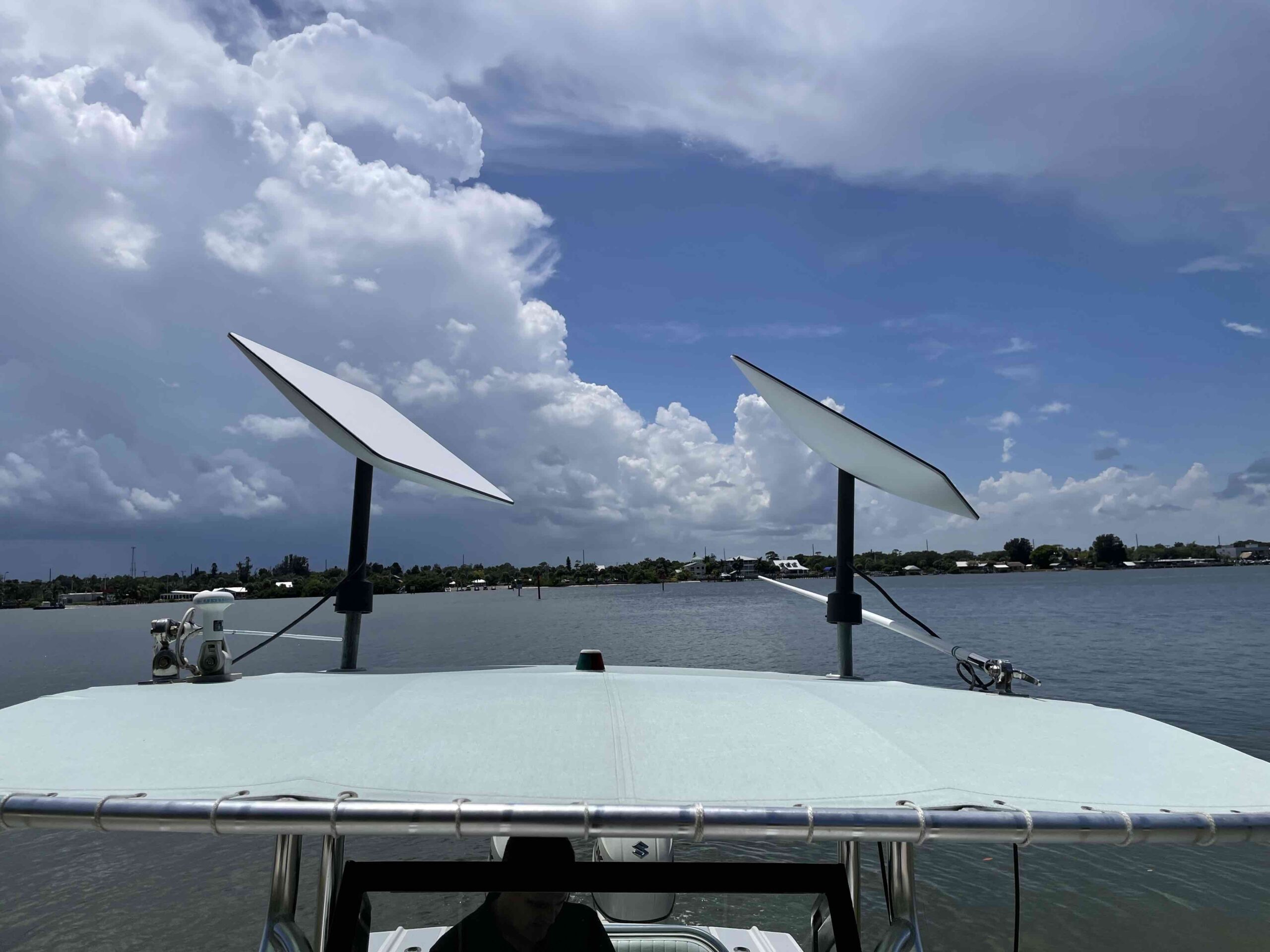
Speedcast has become the first company to sign a distribution deal with SpaceX. Speedcast said SpaceX’s low Earth orbit (LEO) constellation would enable higher speeds. Speedcast currently connects these locations via satellites in geostationary orbit. Speedcast also has a partnership to sell broadband services from OneWeb.
Artemis 1 launch plans slip again
Original Publication Date: 2022-09-13 09:50
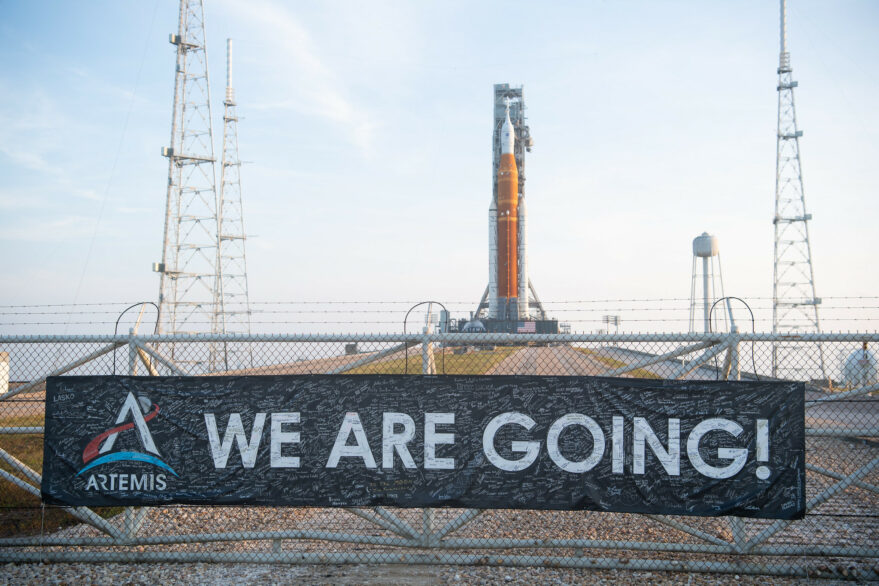
NASA dropped plans for a Sept. 23 launch of the Space Launch System and Orion spacecraft. The agency said that date was no longer feasible after delaying a tanking test. The earliest launch opportunity is Sept. 27, NASA said, with a potential backup launch date of Oct. 2.
Redwire and Sodern to cooperate on star tracker
Original Publication Date: 2022-09-13 08:51

Redwire and Sodern announce partnership to make star tracker in U.S. Redwire will make a star tracker called Eagle Eye based on Sodern’s Hydra. Hydra has flown on more than 60 spacecraft launched in the last decade. Sodern makes several other cameras, while Redwire produces a range of components.
Blue Origin capsule escapes rocket failure on uncrewed flight over Texas – Spaceflight Now
Original Publication Date: 2022-09-12 00:00
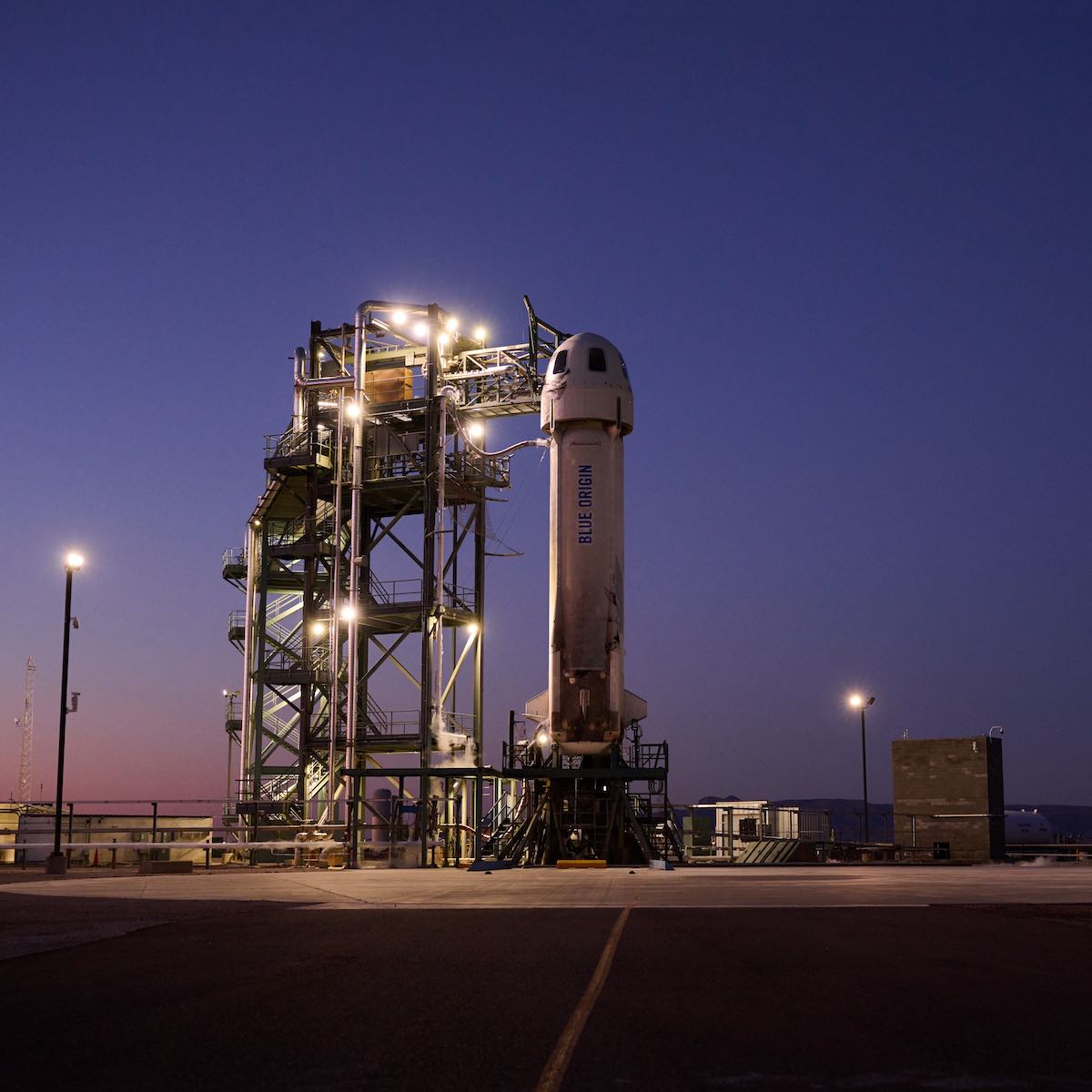
Blue Origin's New Shepard rocket suffered its first launch failure Monday. The crew capsule, which carried NASA-funded experiments but no people, safely landed. The rocket's main engine appeared to cut out about a minute after liftoff from West Texas. The unplanned in-flight abort saved the company's reusable capsule.
NASASpaceFlight.com
The SSLV or Small Satellite Launch Vehicle conducted its launch debut from Sriharikota, India on Sunday, August 7 at 03:48 UTC. An issue with the fourth stage resulted in the satellites being deployed in an unusable orbit. The SSLV program’s genesis was a December 2015 National Institute of Advanced Studies proposal to create a “Small Satellite Launch Vehicle-1”
Commercial Archives
Firefly is set to launch FLTA002 – its second demonstration flight of the Alpha launch vehicle – on the mission dubbed “To The Black. The vehicle is now scheduled to lift off no earlier than Sept. 19 in a window from 3:00 to 7:00 PM PDT (22:00 to 02:00 UTC)
International Archives
Spaceport Nova Scotia will be the first orbital launch location for the country. The spaceport will be geared towards service of the medium-lift market using the Ukrainian Cyclone-4M rocket. The spaceport is expected to be completed in 2019 after an Environmental Assessment is approved.
Chinese Long March 3B Launches APStar-6C Communications Satellite – Spaceflight101

China conducted a rare commercial launch of a Long March 3B rocket with the APStar-6C communications satellite for APT Satellite Holdings. Long March 3B lifted off from the Xichang Satellite Launch Center at 16:06 UTC on a mission of under half an hour to lift the spacecraft into an elliptical Geostationary Transfer Orbit. Confirmation of launch success was provided by APT Satellite around 40 minutes after liftoff when the satellite had been separated into its target orbit.
Blue Origin’s New Shepard Reaches new Heights in latest Test Flight – Spaceflight101

Blue Origin has completed its eighth flight of its reusable New Shepard launch system. Sunday’s flight was designed to expand the vehicle’s operational envelope by sending it to a peak altitude of 107 Kilometers. Demonstrating that New Shepard can reliably lift its Crew Capsule above the Karman Line represents an important objective of the company’s drive toward beginning sub-orbital tourism flights.
News – Spaceflight101

Europe’s Copernicus satellite fleet is gearing up for the arrival of its next addition on Wednesday. A Russian Rockot booster set to blast off from the Plesetsk Cosmodrome at 17:57 UTC with the Sentinel-3B multi-function satellite.
ISS Updates – Spaceflight101 – International Space Station

A veteran NASA spacewalker and an EVA rookie from Japan ended their week with nearly six hours of work outside the International Space Station. The restoration of the Station’s Mobile Servicing System started last year and continued in January to provide Canadarm2 with a new pair of grappling hands.
Featured – Spaceflight101

SpaceX Falcon 9 took to the skies over Florida’s Cape Canaveral Monday afternoon. Falcon 9 lifted a flight-proven Dragon spacecraft into orbit for a critical delivery of science gear, supplies and maintenance hardware. First of at least six cargo ships inbound to the U.S. Segment of ISS this year.
Re-Entry: Long March 11 Rocket Body – Spaceflight101

The CZ-11 fourth stage used leftover propellant for a partial de-orbit maneuver, lowering its perigee to 120 Kilometers. It is reportedly built around a YF-50 main engine and in a nominal mission conducts the orbital circularization after the three CZ-11 stages finish their job.
NASA to Host Briefing on Perseverance Mars Rover Mission Operations

The briefing will livestream on NASA Television, Twitter, Facebook, and YouTube, as well as the agency’s app. Questions can be asked on social media during the briefing using #AskNASA. Perseverance marks the first step in the Mars Sample Return campaign.
NASA’s AIRS Instrument Records Typhoon Hinnamnor Before Landfall

Airlift has been monitoring typhoons since 2002. AIRS was the first instrument to reveal the 3D distribution of rain within tropical storms like Hinnamnor. The 3D images have made a major contribution to knowledge of how hurricanes and typhoons develop, improving forecasts and saving lives.
A Cosmic Tarantula, Caught by NASA’s Webb

The James Webb Space Telescope is the world's premier space science observatory. Webb will solve mysteries in our solar system, look beyond to distant worlds around other stars, and probe the mysterious structures and origins of our universe and our place in it. Webb has already begun revealing a universe never seen before, and is only getting started on rewriting the stellar creation story.
NASA’s Webb Takes Its First-Ever Direct Image of Distant World

Astronomers have used NASA’s James Webb Space Telescope (JWST) to take a direct image of a planet outside our solar system. The exoplanet is a gas giant, meaning it has no rocky surface and is not habitable. The finding is detailed in NASA’s latest JWST blog entry.
Explore the Solar System With NASA’s New-and-Improved 3D ‘Eyes’

Learn the basics about dwarf planets or the finer points of gas giants. Ride alongside no fewer than 126 space missions past and present. Scroll through rich interactive journeys, including Voyager’s Grand Tour of Jupiter, Saturn, Uranus and Neptune. You can rotate objects, compare them side by side, and even modulate the perspective as well as the lighting.
Engineers Solve Data Glitch on NASA’s Voyager 1
Engineers have repaired an issue affecting data from NASA’s Voyager 1 spacecraft. Earlier this year, the probe’s attitude articulation and control system began sending garbled information about its health and activities. The team has since located the source of the garbled information: The AACS had started sending the telemetry data through an onboard computer known to have stopped working years ago.
NASA’s Webb Detects Carbon Dioxide in Exoplanet Atmosphere

First clear, detailed evidence for carbon dioxide ever detected in a planet outside the solar system. No observatory has ever measured such subtle differences in brightness of so many individual colors across the 3- to 5.5-micron range. Understanding the composition of a planet’s atmosphere is important because it tells us something about the origin of the planet and how it evolved.

